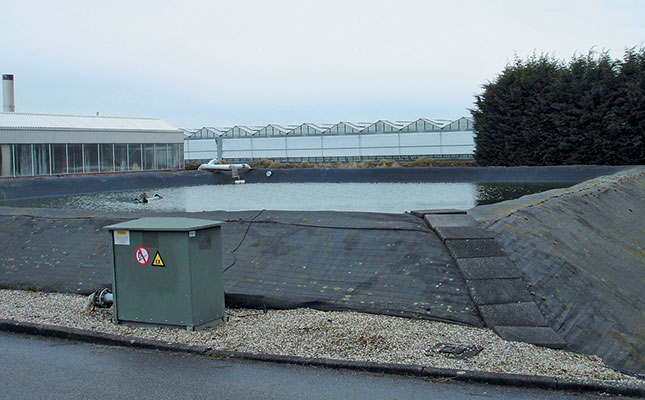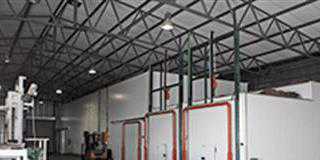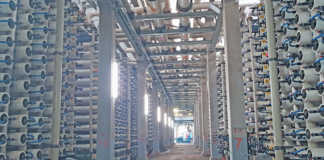
Irrigation farming makes up about 60% of all water usage in South Africa, while rural and urban municipalities (including household use) account for about 30% of water use, and mining 5%, according to the Department of Water and Sanitation.
South Africa’s average annual rainfall is only 492mm, which is about 50% lower than the global average. The recent drought
came as a severe warning that South Africa is a water-stressed country.
As the volume of available water on earth remains largely constant and cannot be increased or decreased substantially, it is clear that water demand will escalate, due to urbanisation and industrial development.
In the long-term, such growth and development will have an adverse impact on the available water for crop production.
Greater water efficiency
Hydroponic production systems require only 10% to 16% of the water needed to produce the same volume of vegetables as conventional irrigation farming methods do. Using this farming method could thus help to alleviate the anticipated water availability challenges.
The primary requirement for a successful hydroponic project is having sufficient volumes of water available. A useful rule of thumb for planning purposes is that a fully-fledged hydroponic system requires between 5ℓ and 7ℓ of water/ m2/ day. This excludes water for evaporative cooling, washing, cleaning and other purposes.
The second-most important water requirement is quality. The quality of surface water in South Africa is deteriorating at a tremendous rate, due to an increase in pollution and the destruction of river catchments as a result of urbanisation, deforestation, damming of rivers, destruction of wetlands, industrial development, mining, and agriculture, among other causes.
Even water extracted from boreholes around the country is polluted and often unsuitable for crop production, especially in arid areas of the country where salinity levels may be too high for irrigation. Most plants prefer slightly acidic water, but municipal water is more alkaline with a pH of about eight.
The high pH also helps to prevent rusting and premature deterioration of distribution pipes, and other infrastructure.
Benefits of rainwater
Rainwater is the best natural source of water, but almost all growers in South Africa ignore it as an excellent source of irrigation water for plants in greenhouses or hydroponic systems. It is of a very high quality and also slightly acidic, which is close to what plants require.
Growers can collect rainwater from the roofs of greenhouses and other outbuildings to store in shallow, inexpensive surface dams. Farmers around the world use these to reduce dependence on borehole and river water of poor quality.
Another benefit is that less energy is required for irrigation from a surface pond than pumping water from a deep borehole. You can also mix rainwater with poor quality water unsuitable for irrigation, or even seawater, to improve the overall water quality.
If South Africa’s ± 500mm average rainfall is multiplied by the roof area of a hectare of greenhouses, the volume of rainwater that can be collected is 5 000m³; or five million litres of water/ hectare/year, or 500ℓ/m2.
Many areas do, however, have higher precipitation than the national average, such as Pretoria with a rainfall of 732mm/ annum, which compares favourably with the average rainfall in the Netherlands at 765mm.
Durban with 828mm annual rainfall receives slightly more rain than Brussels at 818mm.
Email Prof Gert Venter at [email protected].













